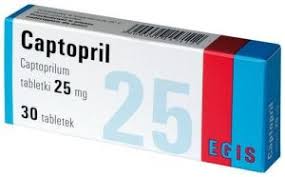Zimbabwe has reported a total of 454 suspected and 71 confirmed d3@ths since the outbreak of cholera in February last year.
Monday marked exactly 12 months since the first recorded case of the cholera outbreak in Zimbabwe.
During a press briefing held in Harare on Monday, Deputy Cholera Incident Manager of the Health Ministry, Stephen Karim, provided an update, noting a decline in the fatality rate.
“Regrettably, there have been fatalities along the way. To date, we have recorded 71 confirmed culture-positive d3@ths and 454 suspected cholera d3@ths.
“On a positive note, our fatality rate has decreased from 2.2% to 1.9%, indicating an improvement in case management,” he stated.
The country has surpassed the 20,000 mark in terms of all suspected cases, with a cumulative total of 23,935 reported cases. Of these, 23,147 individuals have recovered, leaving 233 patients currently admitted.
Regarding the geographical distribution of the disease, Harare has reported the highest number of cases at 8,044, followed by Manicaland with 5,981 and Masvingo with 2,665. Bulawayo has the lowest number of cases, recording 29 infections since February last year.
To address the situation, the Health Ministry, in collaboration with partners such as Unicef and the World Health Organization, has initiated door-to-door Oral Cholera Vaccination (OVC) campaigns targeting hotspot areas.
Due to limited global vaccine supplies, individuals are currently receiving a single dose, with the country awaiting additional shipments.
“We are facing a shortage in the supply of OVC. It is not abundantly available, and there is rationalization in distribution. Given the high demand and limited supply, most SADC countries are affected by cholera. Therefore, we are administering one dose due to insufficient global supplies.
“Vaccine shipments are arriving in batches, contributing to the shortage,” Karim explained.
Receiving a single dose of OVC provides protection for six months. Ideally, individuals should receive two shots, spaced two to six weeks apart.
“With a full course of two doses, protection extends to three years, allowing us time to address other cholera transmission factors,” Karim added.
Source Byo24news










